Bellevue is a snugly-configured, early 20th century Northside community of some 1,200 houses. It boasts an architecturally-dizzying array of traditional styles. Charles McGuigan, the editor of North of the James (a monthly tabloid), captured the spirit of the place beautifully: “Bellevue has sidewalks and a maze of alleys, and though many of the streets are gridded– others meander like their rural cousins. It combines the convenience of the city with the natural beauty of the country. Often called a neighborhood, Bellevue is really more like a town…”,
Clearly defined by major city thoroughfares Brook Road, Hermitage Road, Laburnum Avenue and Westbrook Avenue, Bellevue has no houses of worship and few landmarks but two schools. A. Linwood Holton Elementary is at the northwest intersection of Laburnum and Hermitage under its sprawling barn-like roof. It shares its campus with 13 Acres, a decaying yet handsome historic brick structure that was once a family farm. Farther north on Hermitage Road, the Community School, a private academy for students with dyslexia, occupies an elegant Italianate country house that was part of Willowbrook, a 14 acre estate built in 1921 by Lee Davis, the Bellevue neighborhood’s co-developer. The school has continued to expand its facilities sensitively with buildings that are in step contextually with the former yellow brick mansion.
Bellevue has two distinct commercial strips. The 1200 block of Bellevue Avenue houses a drug store, two popular restaurants and a smattering of small businesses. The 4000 block of MacArthur Avenue is a neighborhood restaurant row of casual and fine dining options. Once Upon a Vine, one of the city’s most popular wine stores, is a retail anchor. The most memorable building on the block is the former Bellevue cinema (1930), with a subdued Art Deco facade, In 2024 it was converted into an apartment building. For decades, neighborhood children enjoyed weekend matinees here. Among them were future movie stars and Academy Award-winners Shirley MacClaine and her younger brother, Warren Beatty. They and their family lived nearby on Fauquier Avenue.
Another popular matinee idol from the silent film era, Virginia-born and Hollywood-based William Haines, visited his mother who lived on Bellevue Avenue after he built her a Spanish Colonial Revival home. In spring 2024, the neighborhood was abuzz when certain locations became the locations for a period film exploring the life of Pharrell Williams, the Virginia-born musician, producer and Louis Vuitton fashion director.
But truth to tell, Bellevue is hardly glamorous but plenty nice. The land upon which the middle-class neighborhood was developed had been part of the country estate of Lewis Ginter, a Richmond tobacconist, hotelier and philanthropist (1824-1897) and his life and business partner, John Pope (1856-1896). After their deaths the property was bequeathed to Pope’s brother and sister. It was she who sold the 165 acres south of Westbrook Avenue to J. Lee Davis and C. W. Davis, major Richmond real estate developers Davis Brothers (they also built hundreds of homes in the Fan District and Museum District). While these were all streetcar suburbs, Bellevue evolved during the early automobile age. The well-tended alleys and charming garages create a de facto linear park that jumps from block to block. On Hermitage Road and Pope Avenue (entered via a dramatic granite arch) some larger houses predate their Bellevue neighbors.
Today, the consistent canopy of mature trees and intact collection of modest-scaled, well-designed, and lovingly-maintained houses in a delightful variety of styles make the neighborhood special. Tudor Revival, Colonial Revival, Spanish Colonial Revival, Arts and Crafts, and American Foursquare homes preen for attention; often painted in respective colors that rival a box of Crayola crayons. But what gives the neighborhood unique cohesiveness architecturally is the fact that the houses were built over a 15-year period, from 1925 to 1940, on the eve of World War II.
ES

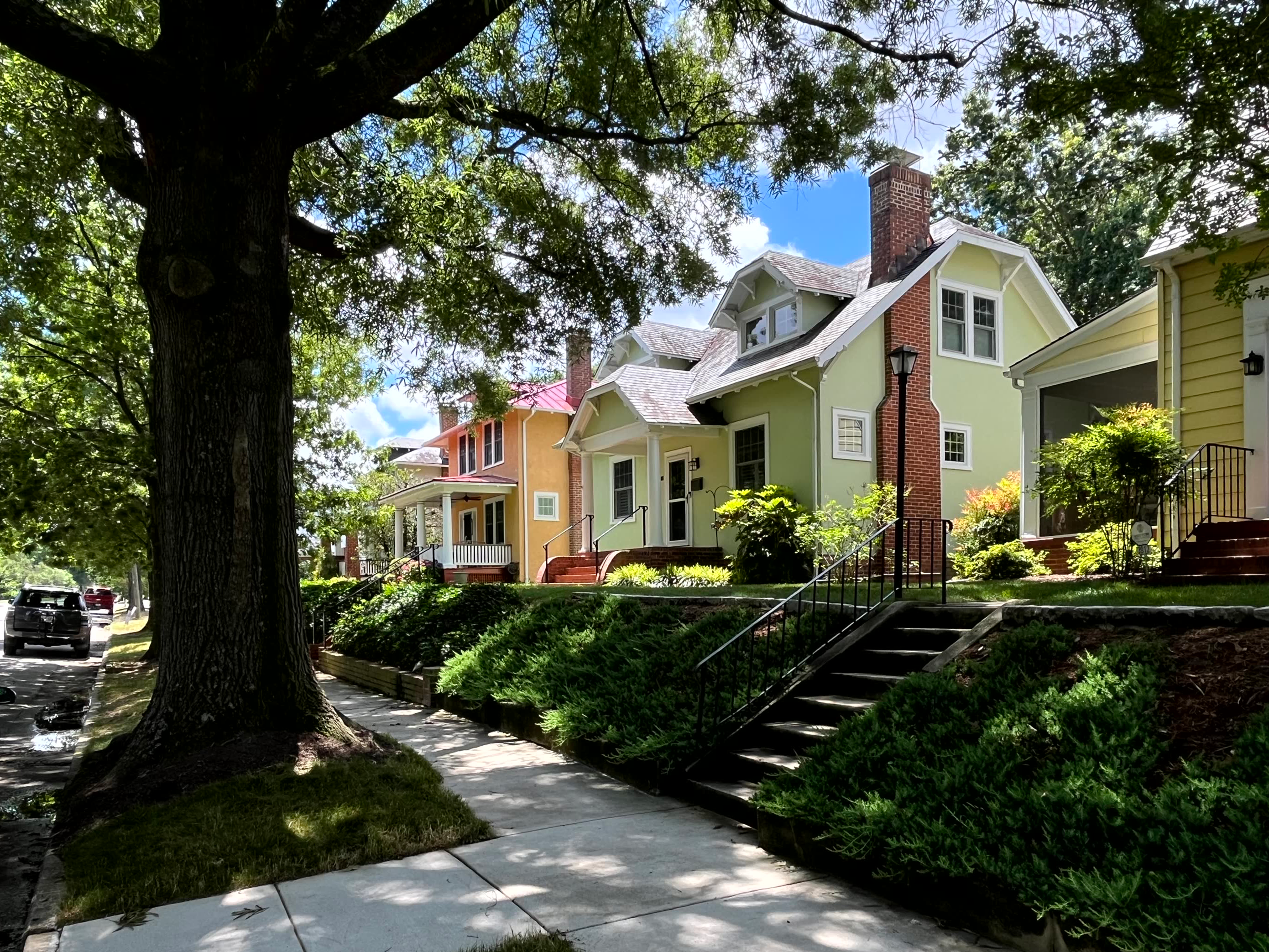
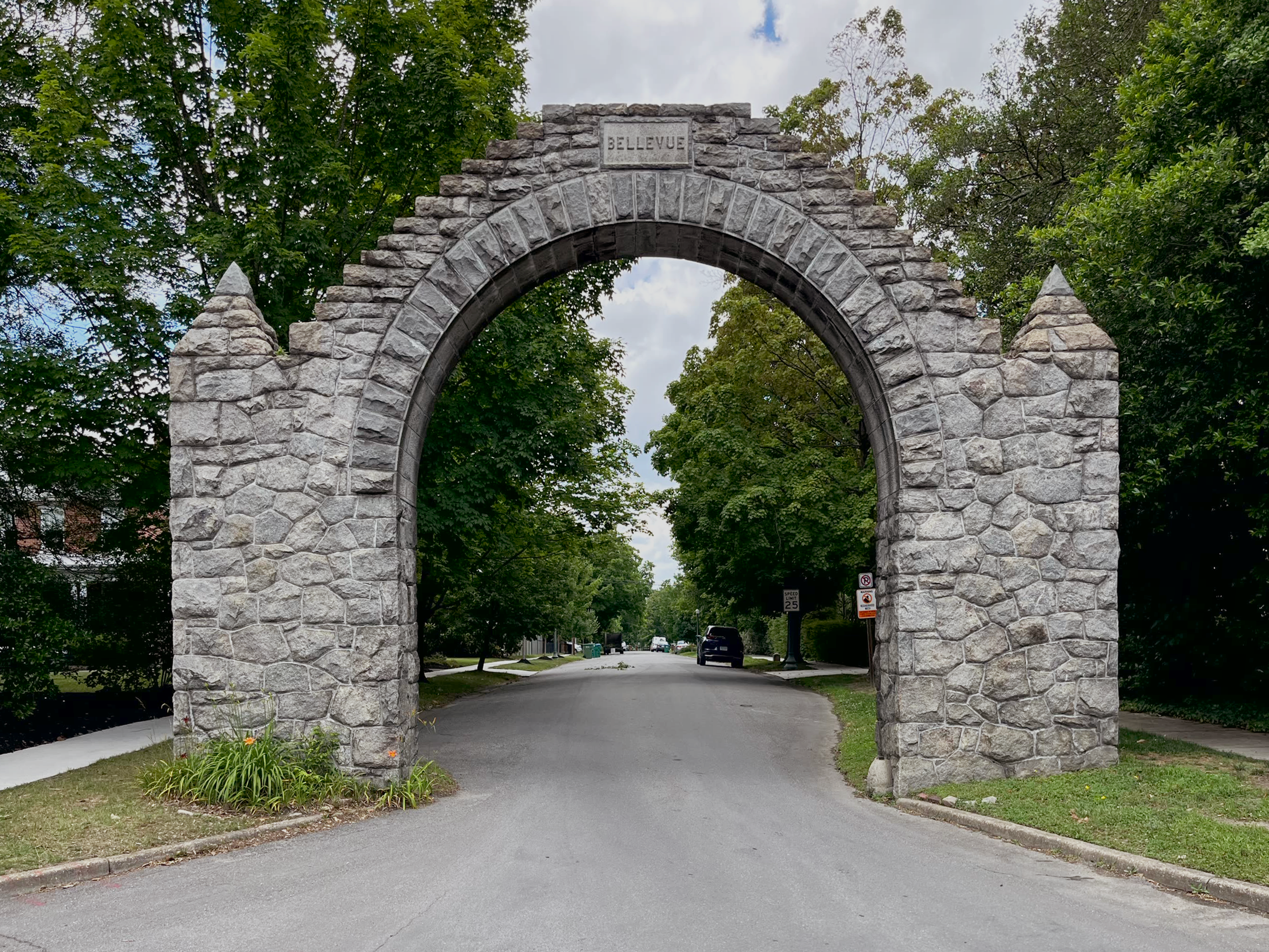
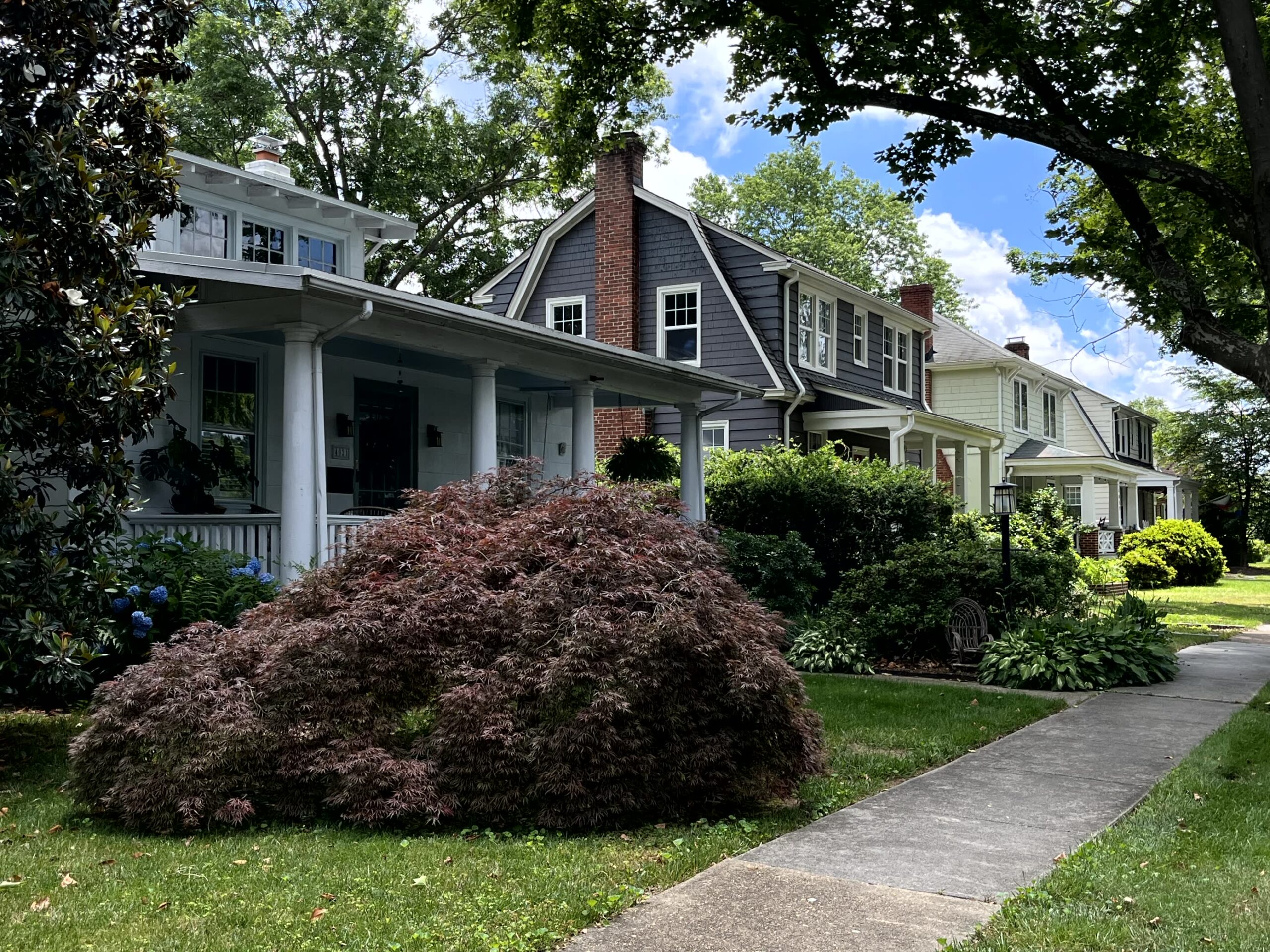
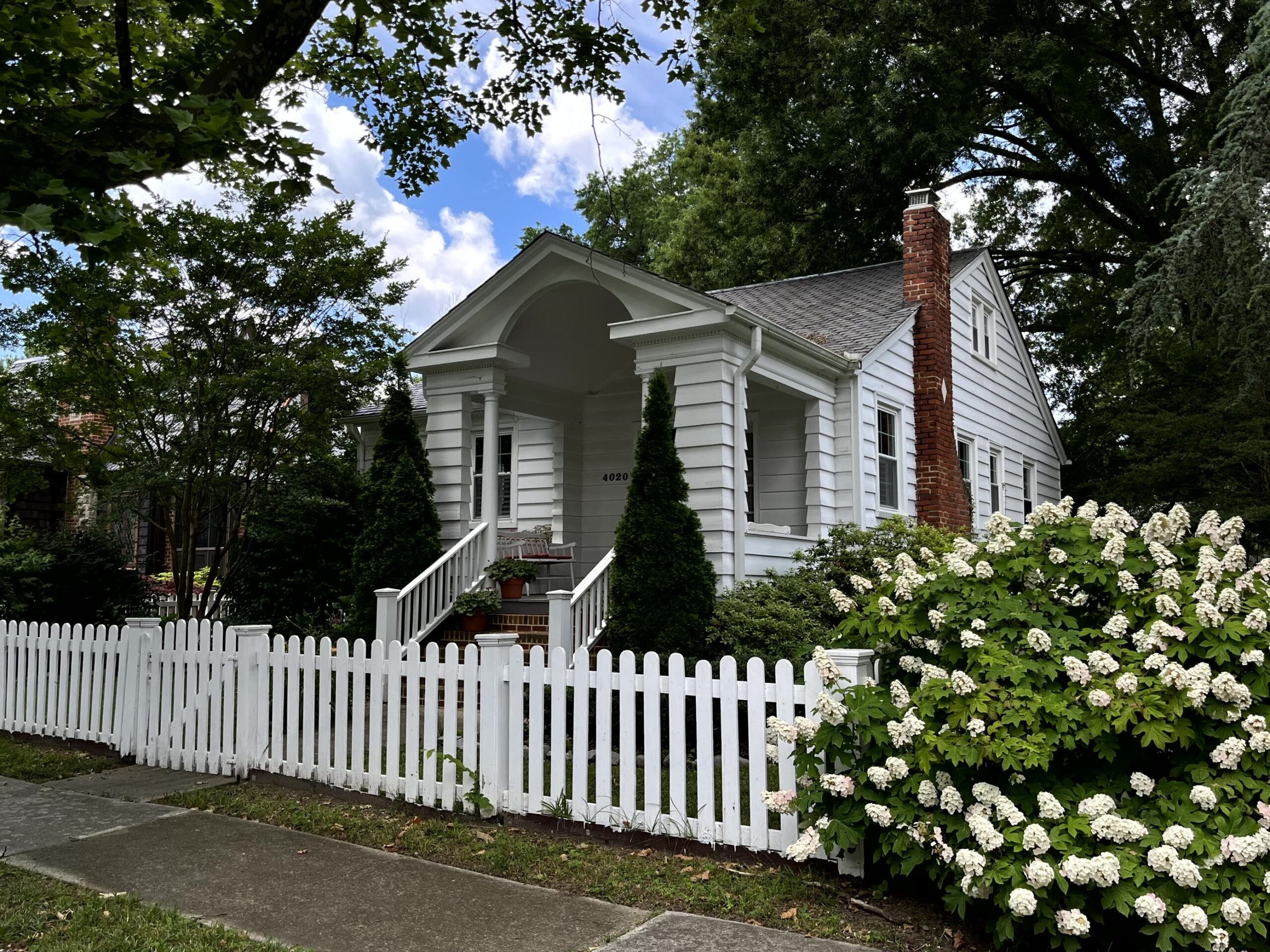
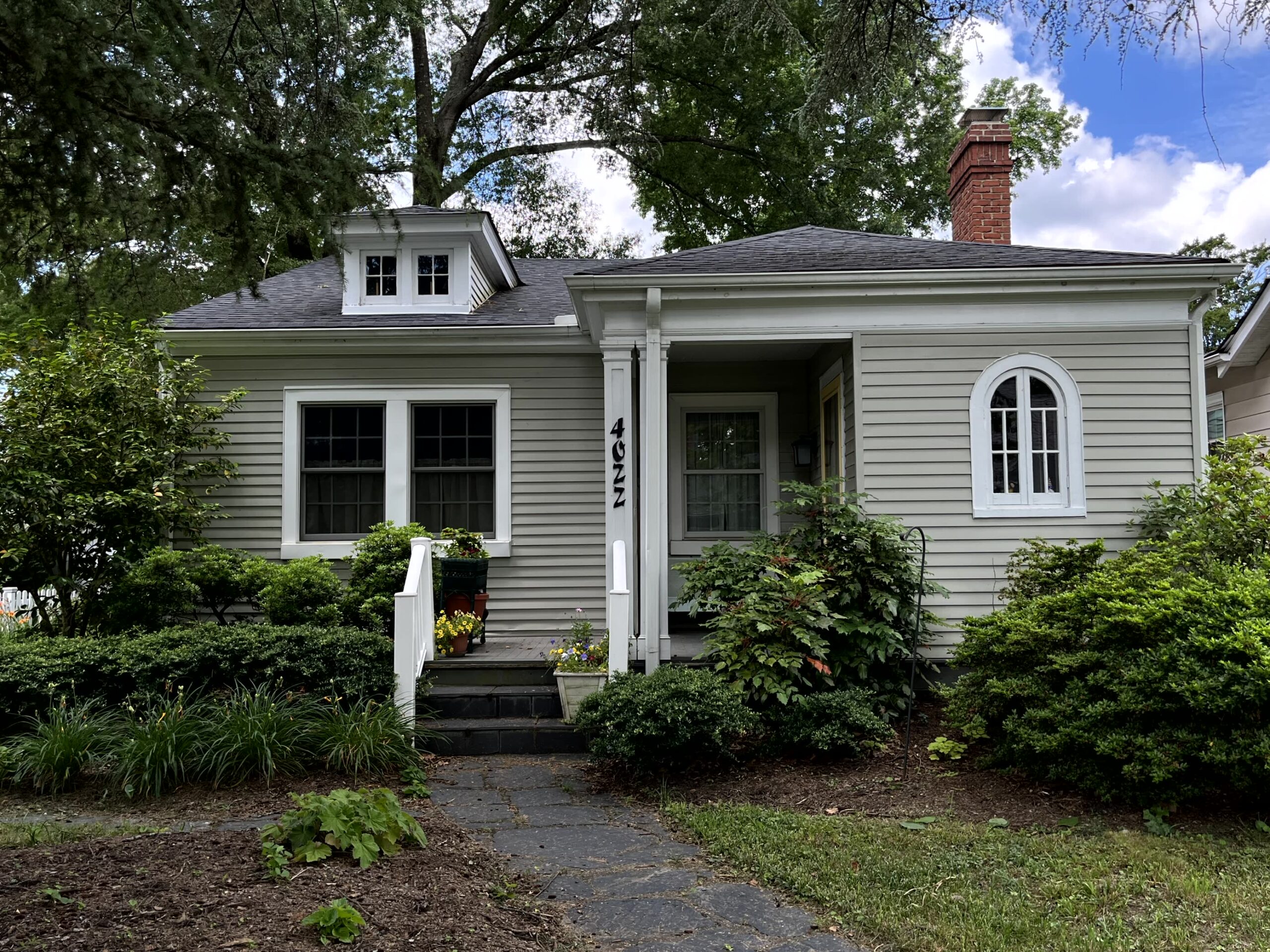
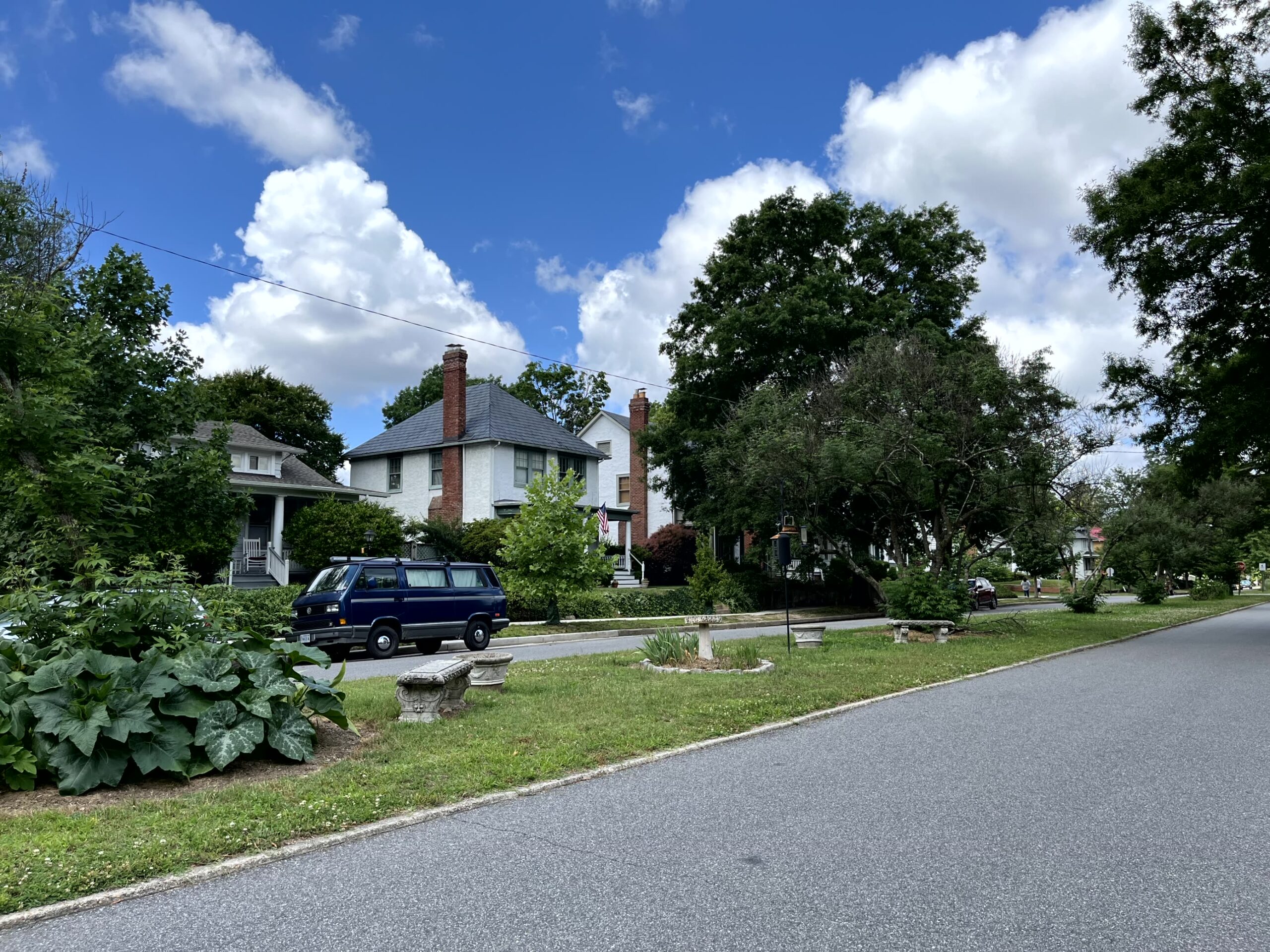
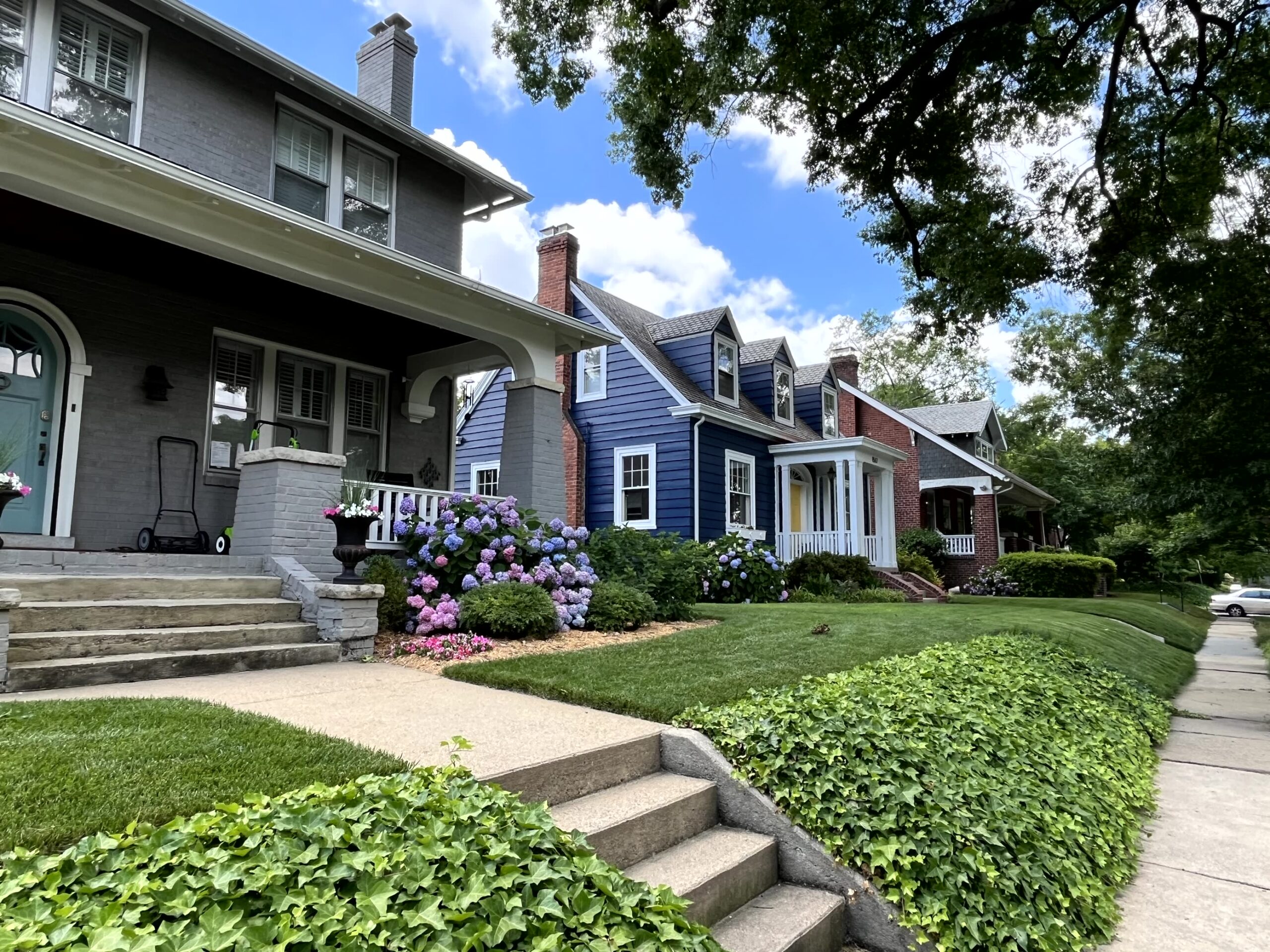
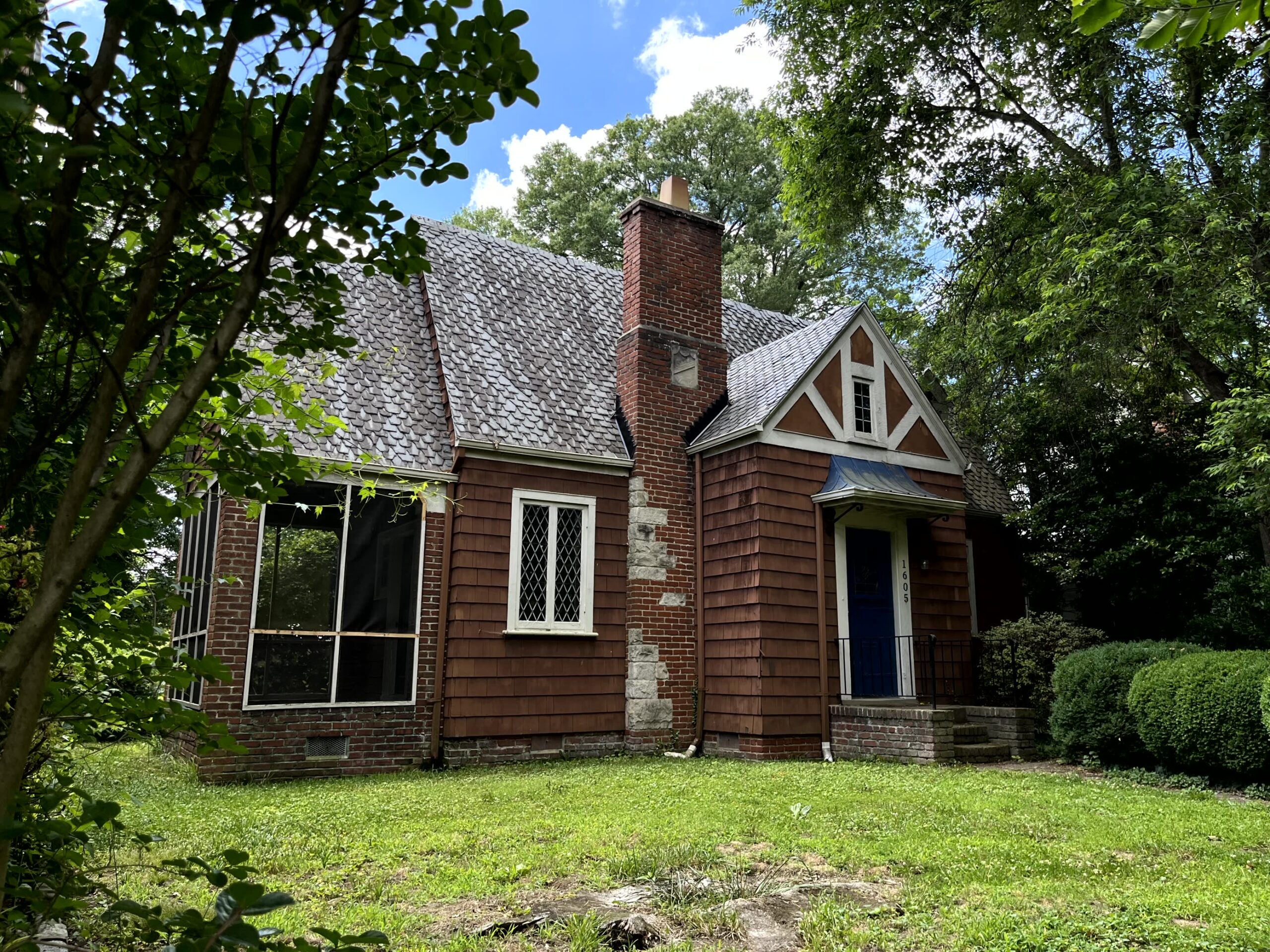
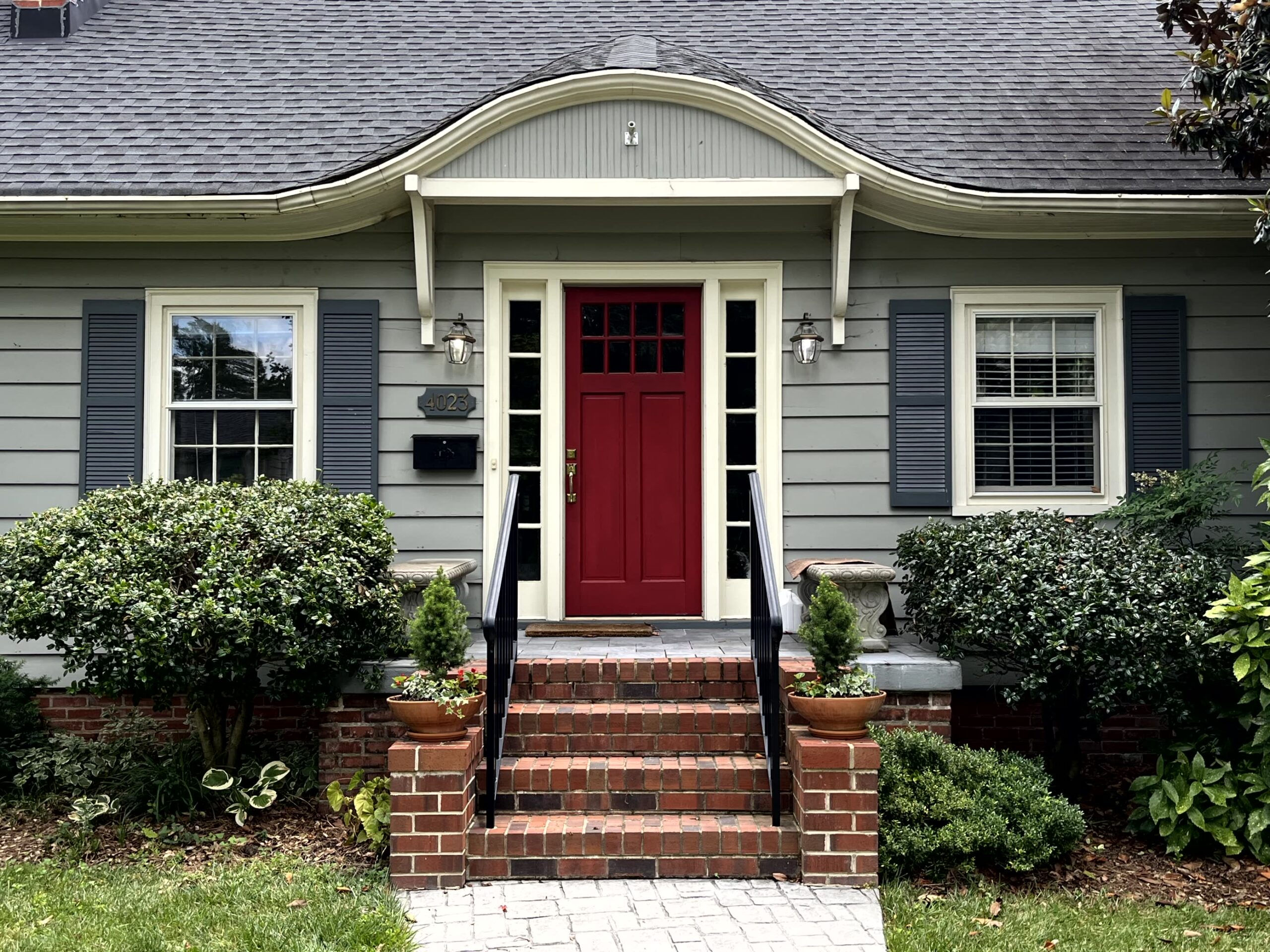


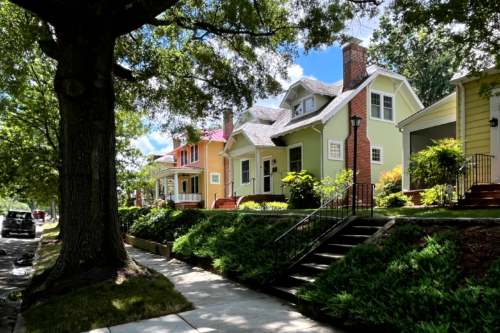
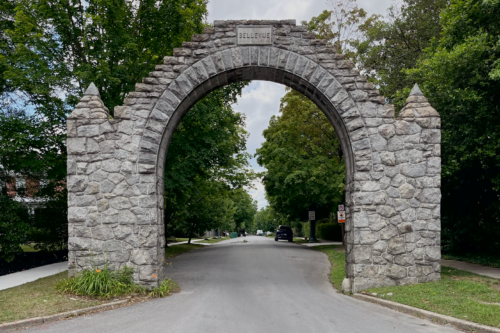

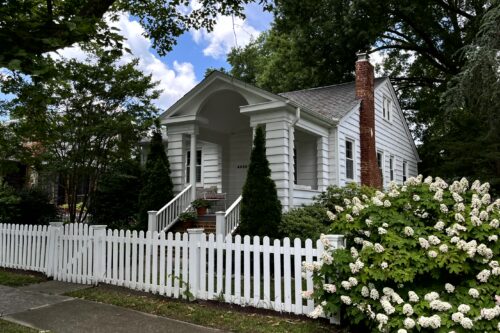
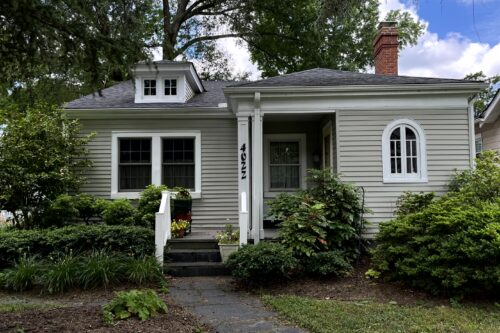
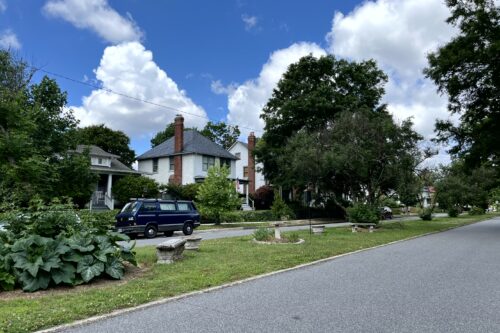
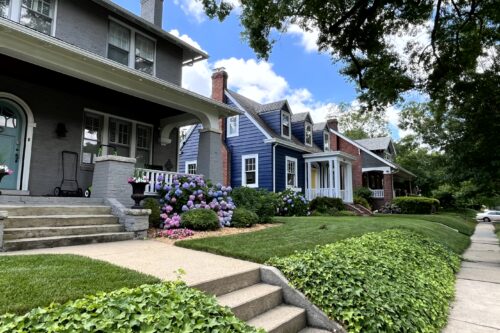
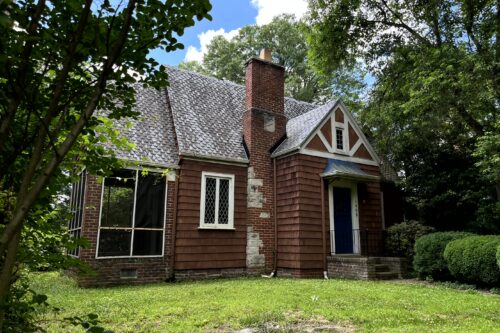

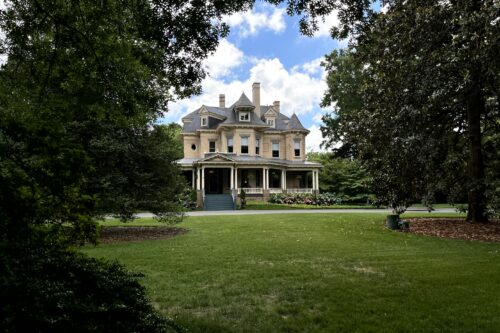
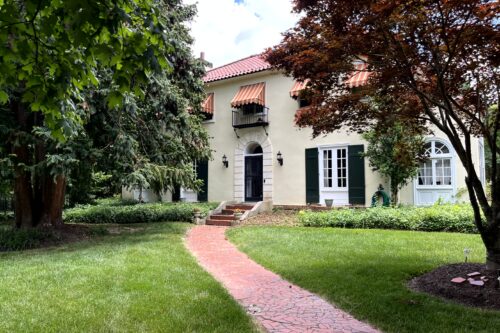
Write a Comment